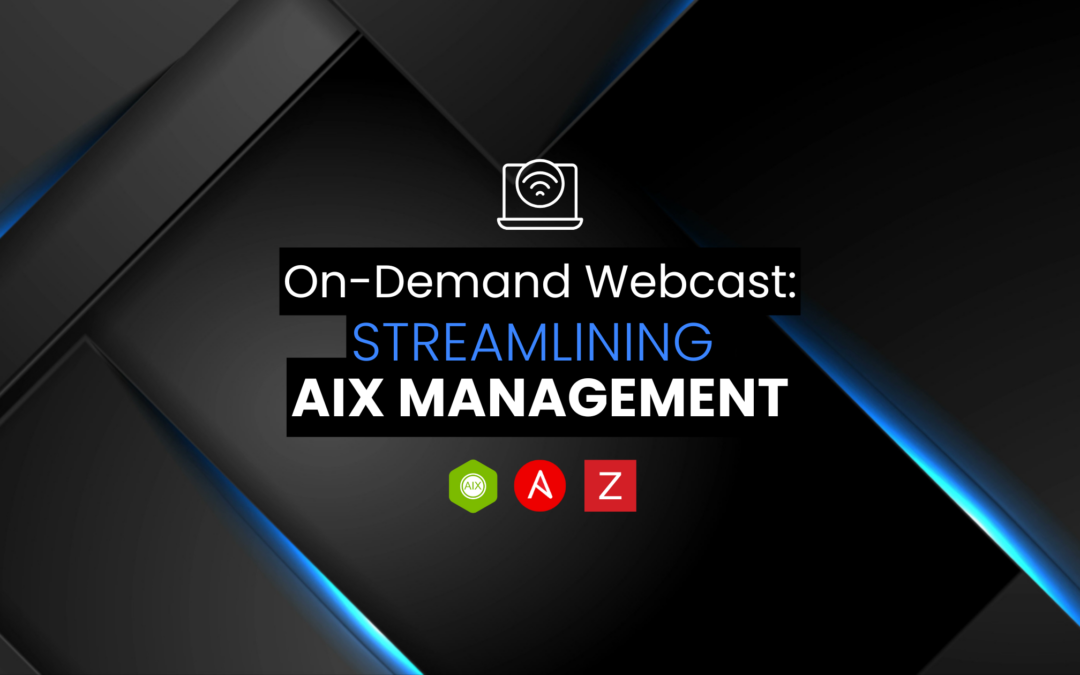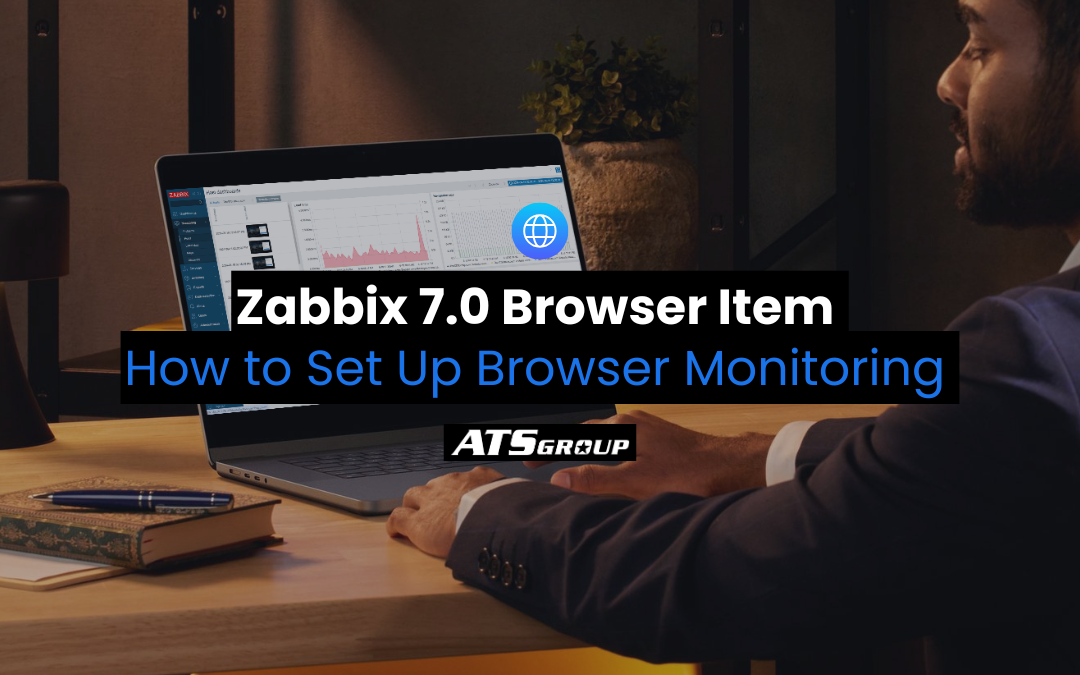A lot can happen in a year, especially when it comes to a business’s technology. Just consider your own internal infrastructure: Chances are good that the previous 12 months have seen at least one major initiative, be it the deployment of a new application or the migration of certain workloads to the cloud.
What’s more, as technology continues to advance and companies increasingly look to leverage more advanced solutions, their internal IT landscape will continue to change and adjust. According to a recent survey, experts are forecasting modest increases in business IT spending through next year, ZDNet reported.
Now consider that you have the power to look back at all the upgrades, usage patterns and other trends that took place within your infrastructure over the past year: What kind of insights could this information tell you?
Peak usage periods
One of the first elements that many IT teams analyze about their historical data are readily identifiable peak usage periods. While this kind of insight is often considered a low-hanging fruit, one can learn a lot about overall IT health by taking a look at periods of top usage.
For instance, although many companies expect usage peaks toward the end of the year, and especially during the holiday season, administrators may also find that usage increases in the early spring as well. In this way, IT stakeholders can ensure that adequate support is in place during these peak usage periods to prevent bottlenecks, slow performance and other issues.
 What could a historical look at your infrastructure tell you?
What could a historical look at your infrastructure tell you?How capacity was used
Stakeholders can also examine historical infrastructure data to get a sense of how their overall capacity was utilized in the past year, including the initiatives to which capacity was devoted and how those resources were put to work. This can provide cues for future initiatives, as IT admins can look back to see how much capacity was required for a similar project in the past, and better ensure the right resources are in place for upcoming initiatives.
The success – or snags – of migrations
It’s clear the the cloud isn’t going anywhere. In fact, organizations will only continue to consolidate workloads within internal data centers and migrate additional items to cloud environments. As enterprises increasingly work toward a multi-cloud strategy, being able to view, in-depth, the steps that were taken during past migrations can be invaluable to informing upcoming migrations.
Supporting future decision-making with historical infrastructure data
Being able to view, analyze and leverage a year’s worth of historical data, driven by an industry-leading infrastructure management solution like Galileo Performance Explorer, is critical in the current IT landscape.
“IT administrators can achieve a holistic view of their entire infrastructure, and use … analytics to make decisions related to compute, storage and network resources to avoid problems before they result in downtime or slower performance,” Dell EMC noted. “They can also use predictive analytics to understand resource utilization and when it may be time to upgrade portions of the infrastructure.”
To find out more about what you can glean from 12 months of historical infrastructure data – or even from a 30-day snapshot – connect with the experts at Galileo Performance Explorer today.



